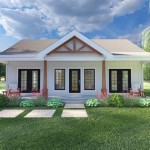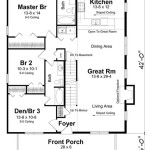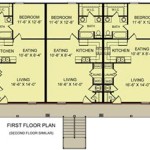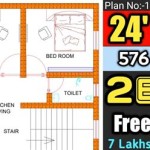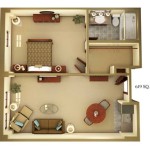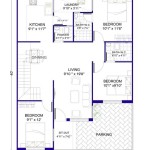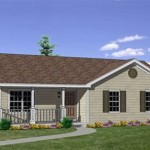House Plans With Low Pitch Roofs: Aesthetics, Functionality, and Considerations
A low-pitch roof, defined as a roof with a slope of less than 6/12 (meaning for every 12 inches of horizontal distance, the roof rises 6 inches), offers a distinct aesthetic appeal and can impact the overall design and functionality of a house. These types of roofs are becoming increasingly popular, thanks to their modern, minimalist appearance and potential cost-saving benefits. However, there are implications to consider when opting for a low-pitch roof, especially in areas prone to heavy snowfall or high winds.
Aesthetic Appeal:
Low-pitch roofs are renowned for their sleek, contemporary design. The gently sloping roofline creates a streamlined silhouette, often seen in modern and minimalist architecture. It can blend seamlessly with the surrounding landscape, especially in areas with flat terrain. Additionally, the low pitch allows for larger overhangs, extending the roof beyond the exterior walls to create covered porches or balconies, adding to the visual appeal and functionality of the house.
Functional Considerations:
Beyond aesthetics, a low-pitch roof can be practical. The reduced slope contributes to a more efficient use of space within the attic. This can be beneficial in areas where maximizing usable living space is essential. The larger flat surface area provides increased opportunities for solar panel installation, contributing to energy-efficient design. Additionally, the low pitch requires less roofing material, potentially reducing construction costs.
Challenges and Considerations:
While low-pitch roofs offer advantages, potential challenges must be addressed. The reduced slope can negatively impact water runoff, potentially leading to pooling and leaks if the roofing system is not properly designed and installed. The flat surface area can also be more vulnerable to snow accumulation and wind uplift, making it crucial to consider snow load capacity and wind resistance in the design and construction process. In areas prone to frequent heavy snowfall, the low pitch might require additional snow removal measures to prevent damage. Furthermore, the reduced slope might limit the options for roof windows or skylights, as their installation can be more challenging with a lower pitch.
Materials and Design Considerations:
Choosing appropriate materials and implementing proper design strategies are crucial to address these challenges. The use of high-quality roofing membranes and flashing ensures proper water drainage and leak prevention. Proper ventilation is also essential to prevent moisture buildup in the attic, which can lead to mold and other structural issues. The roof structure should be designed to withstand snow loads specific to the region, and the use of engineered lumber or other high-strength materials may be necessary. Additionally, wind uplift resistance should be incorporated into the design to prevent damage during strong winds.
Conclusion:
Low-pitch roofs offer distinct aesthetic advantages and functional benefits, contributing to modern and energy-efficient homes. However, potential challenges related to water drainage, snow buildup, and wind resistance must be carefully considered and addressed in the design and construction phases. By implementing appropriate materials, design strategies, and construction techniques, low-pitch roofs can be successfully incorporated into homes, providing a unique and functional architectural solution.

Modern House Plan With Low Pitched Roof 67792nwl Architectural Designs Plans

Flat Roof House Plans Floor Designs Houseplans Com

10 Best One Story House Plan With Flat Roof Design

House Plans Idea 17x13 With 3 Bedrooms Slope Roof Sam 6b4

Designing A Modern Flat Roof For Your Home Combit Construction

Flat Roof House Design 38b

Plan 42902 Modern House With Low Slope Roof

10 Best One Story House Plan With Flat Roof Design

Flat Roof House Design 3 Bedroom 19 2m X 16 1m Low Cost

House Plans 8x6 With 2 Bedrooms Slope Roof C14

